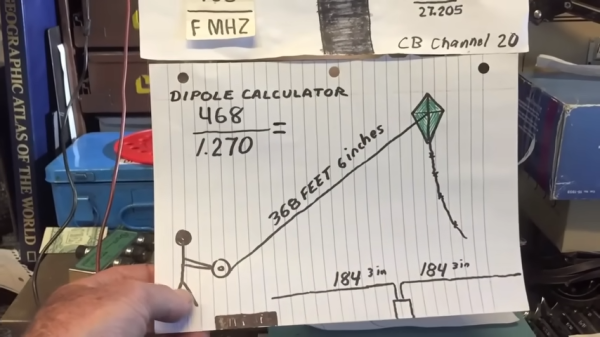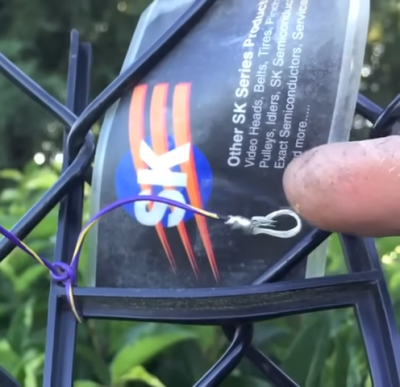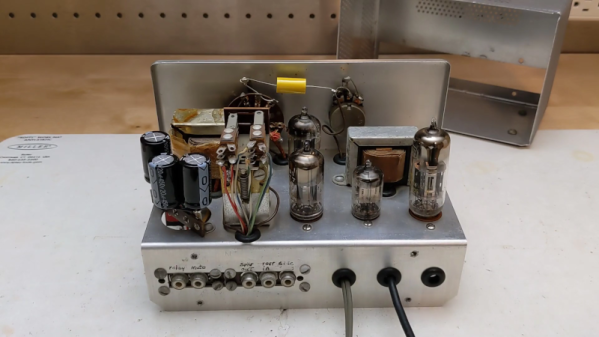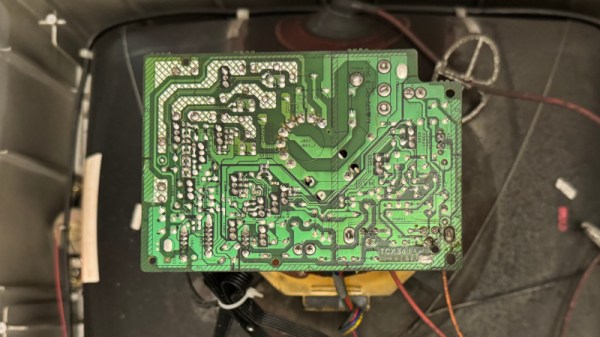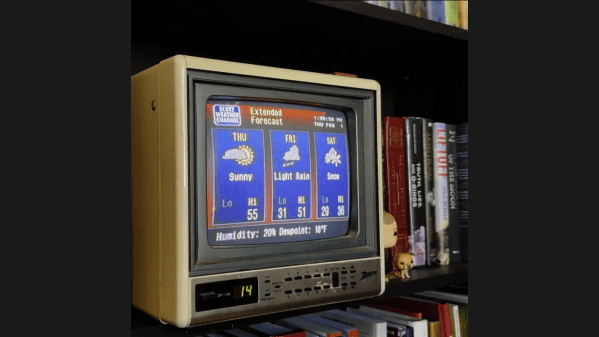Thanks to the newly released Amazon Prime series, not to mention nearly 30 years as a wildly successful gaming franchise, Fallout is very much in the zeitgeist these days. But before all that, small-F fallout was on the minds of people living in countries on both sides of the Iron Curtain who would have to deal with the aftermath of a nuclear exchange.
“Uwaga! Pył promieniotwórczy“ (“Beware! Radioactive Dust”) is a 1965 Polish civil defense film from film studio Wytwórnia Filmów Oświatowych. While the Cold War turning hot was not likely to leave any corner of the planet unscathed, Poland was certainly destined to bear the early brunt of a nuclear exchange between the superpowers, and it was clear that the powers that be wanted to equip any surviving Polish people with the tools needed to deal with their sudden change in circumstances.
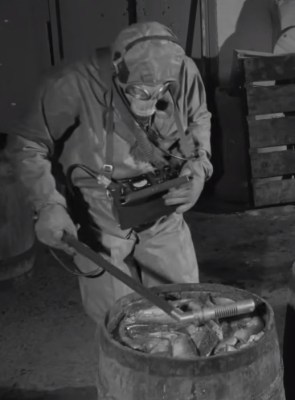 The film, narrated in Polish but with subtitles in English, seems mainly aimed at rural populations and is mercifully free of the details of both fallout formation and the potential effects of contact with radioactive dust, save for a couple of shots of what looks like a pretty mild case of cutaneous radiation syndrome.
The film, narrated in Polish but with subtitles in English, seems mainly aimed at rural populations and is mercifully free of the details of both fallout formation and the potential effects of contact with radioactive dust, save for a couple of shots of what looks like a pretty mild case of cutaneous radiation syndrome.
Defense against fallout seems focused on not inhaling radioactive dust with either respirators or expedient facemasks, and keeping particles outside the house by wearing raincoats and boots, which can be easily cleaned with water. The fact that nowhere in the film is it mentioned that getting fallout on your clothes or in your lungs could be largely avoided by not going outside is telling; farmers really can’t keep things running from the basement.
A lot of time in this brief film is dedicated to preventing food and water from becoming contaminated, and cleaning it off if it does happen to get exposed. We thought the little tin enclosures over the wells were quite clever, as were the ways to transfer water from the well to the house without picking up any contamination. The pros and cons of different foods are covered too — basically, canned foods dobry, boxed foods zły. So, thumbs up for Cram, but you might want to skip the YumYum deviled eggs.
Dealing with the potential for a nuclear apocalypse is necessarily an unpleasant subject, and it’s easy to dismiss the advice of the filmmakers as quaint and outdated, or just an attempt to give the Polish people a sense of false hope. And that may well be, but then again, giving people solid, practical steps they can take will at least give them some agency, and that’s rarely a bad thing.
Continue reading “Retrotechtacular: The Other Kind Of Fallout Show” →


